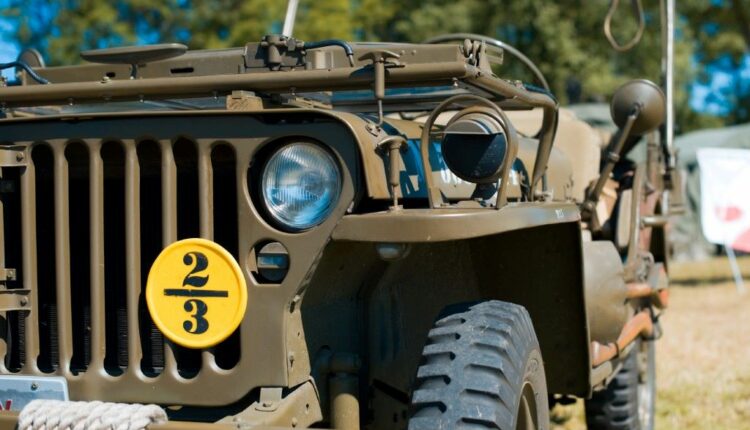4 Fun Facts About Vintage Jeeps You Didn’t Know
If you’re considering investing in a vintage vehicle, investigate restoring a vintage Jeep. Here are a few fun facts about these amazing automobiles.
One of the biggest challenges for car enthusiasts is finding a vintage vehicle and restoring it to its former glory. When searching for the perfect vehicle to restore, keep vintage military Jeeps in mind. Due to their basic design and construction, they’re relatively easy to work on. They also come with an amazing history that’s both fascinating and inspiring. Here are four fun facts about vintage Jeeps you didn’t know. Keep them in mind while you search for the perfect Jeep to restore to its former glory!
What’s in a Name?
Let’s begin with the name, Jeep. No one is quite sure where the name came from, but here are a few ideas. American Jeeps come in two models, the Ford GPW and the Willys M151A1. The former’s name may be the original and likeliest source for the vehicle’s monicker, with GP being pronounced Jeep.
On the other hand, some historians suggest the name came from a cartoon character. Eugene the Jeep was an amusing little magical creature in the Popeye comic strip and cartoon. The Jeep could disappear and reappear anywhere. Since the Jeep vehicle could go almost anywhere regardless of the condition or lack of roads, WWII GIs may have carried over the name. We’ll probably never know for sure, but the name remains.
Jeeps Were Born Out of Necessity
As mentioned, Jeeps first appeared in World War II. US military forces needed a light reconnaissance vehicle that could handle any terrain and hold up under fire. The US Army requested designs from 135v manufacturers, but the only ones to respond were Willys-Overland, Ford, and Bantam. The Willys-Overland model became the most popular throughout the war, replacing horses and delivering reliable performance, easy maintenance, and more. Other models emerged and served during the Big One as well as the Korean and Vietnam wars.
From Nine to Seven
The Jeep is known for its iconic seven-slot grille up front, but that wasn’t always the case. Originally having nine slots, Ford redesigned their model to feature seven to reduce weight and costs. An urban legend suggests that the seven slots represent the seven continents Jeeps have traveled over, but this is doubtful and likely untrue. Some suggest that the change in the number of slots may have also been a way to avoid copyright infringement, but again, this isn’t certain.
Jeeps Were Essential for Decades
Vintage Jeeps served multiple duties during much of the 20th Century, during peacetime as well as times of war. The military used them for troop transportation, medical evacuations, delivering communications, and toting supplies. Their ability to handle almost any type of terrain made them useful in both the Pacific and European theaters during World War II.
Everyone from the troops on the ground to General Dwight D. Eisenhower and Prime Minister Winston Churchill praised them. Their looks, ruggedness, history, and versatility continue to make them desirable as working vehicles and vintage car show participants.
Those are just four fun facts about vintage Jeeps you didn’t know. Here’s one more: when you purchase a vintage Jeep, you’re entering a field filled with fervid fans, online and off, who’ll welcome you with open arms!


Comments are closed.